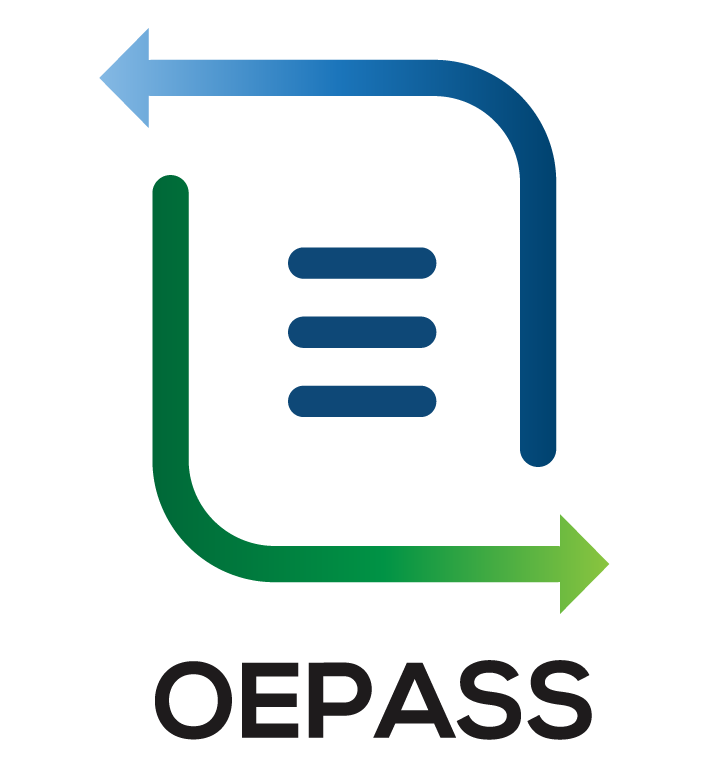How to create a Learning Passport
As described in the project work plan, the OEPass Learning Passport was created by applying a composition formula for gained individual credits or modules, which are modelled on the European Diploma Supplement. It is important to highlight that when an institution is issuing an individual credential, they record information and data about:
- the awarding body, that is the institution giving the recognition of the achievement and not necessarily the institution offering the learning experience.
- the credential, a documented statement that acknowledges a person’s learning outcomes or achievements. The term credential can be used to refer to a qualification, that is an official completion of a course or programme of courses (e.g. any degree, diploma or other certificate issued by a competent authority attesting the successful completion of a higher education programme). The Learning Passport allows the detailed and transparent documentation of sub-units of such credentials, i.e. micro-, meso-, mini-, etc. credentials, that could accumulate into larger credentials or be part of a portfolio. Each credential, therefore, has a thoroughly documented credential type that can be a degree or diploma on the top level of qualifications or ECTS, ECVET on micro-level.
- the holder of the educational credential and their individual accomplishment (this includes data about the learner’s identity and the grade they achieved).
- the evidence of the achievement, both in terms of administration (i.e. publication date of the credential) and – optionally – outputs of the learning experience, such as published papers, essays, projects, etc., test results or links to public discussion fora.
Anybody is welcome to experiment with the Learning Passport and determine its usefulness by filling in the form below. The OEPass partnership also welcomes feedback on how well the Learning Passport facilitates the recognition and transferability of non-traditional learning experiences.

